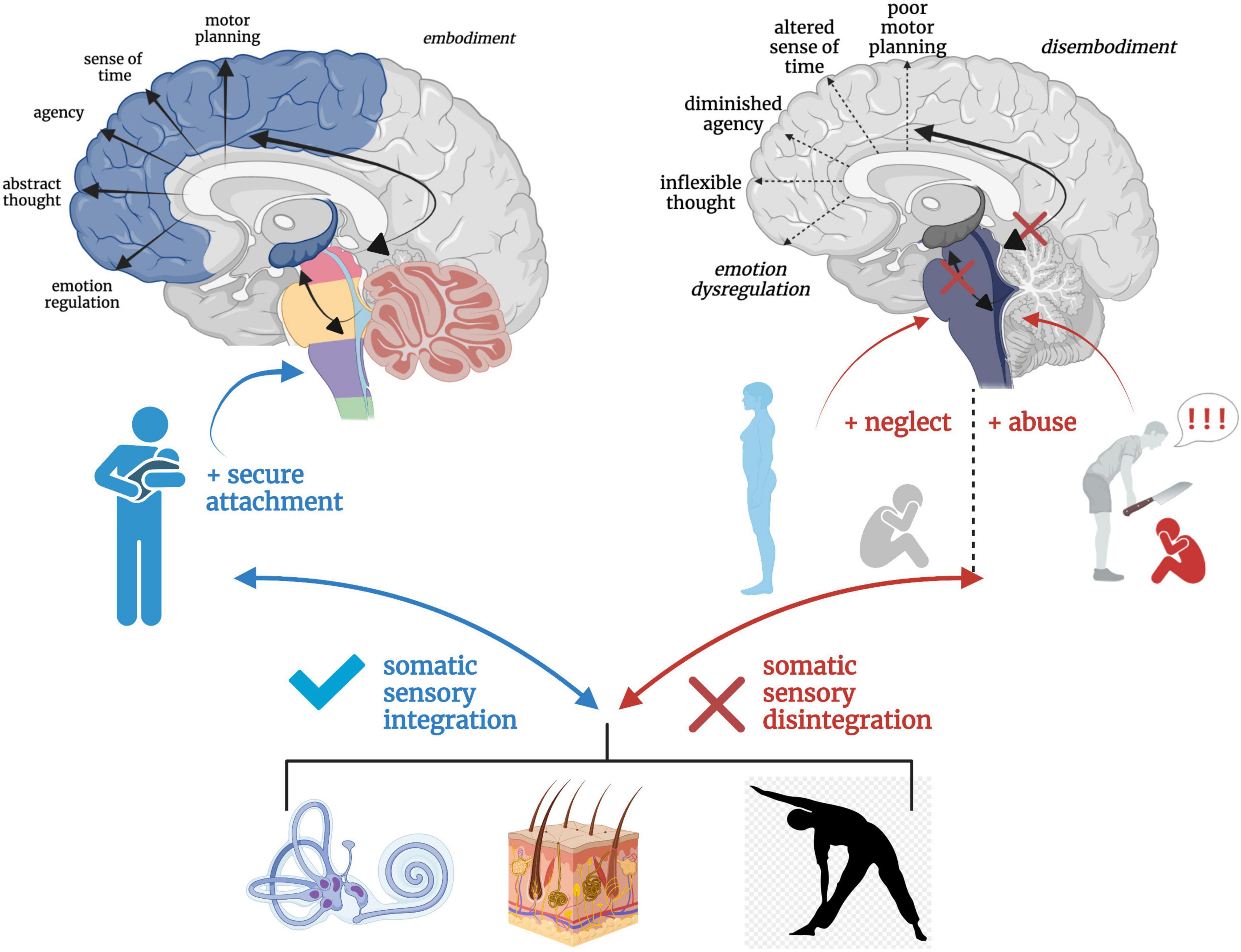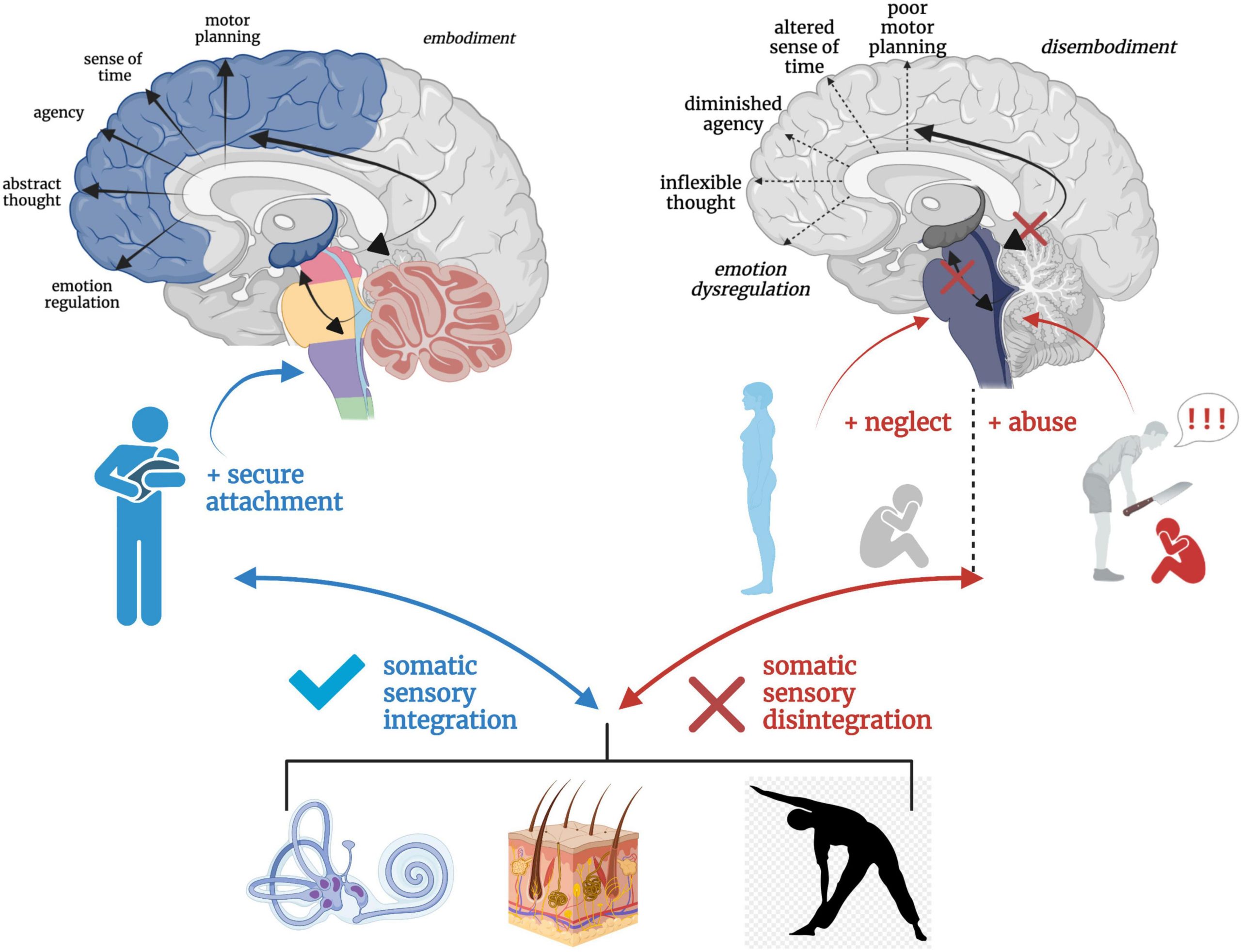
# New Discoveries in Initial Neural Development: A Study Reveals Shifts in Brain Connectivity Near Birth
An innovative study published in *PLOS Biology* indicates that the human brain experiences region-specific changes in connectivity during the critical birth period, particularly in regions essential for sensory, motor, and cognitive capabilities. Through an analysis of the brain’s functional networks in both fetuses and newborns, this study provides new perspectives on neural development and establishes a robust basis for exploring how different environmental factors might influence brain connectivity in early life.
> **Published in [PLOS Biology](https://journals.plos.org/plosbiology/article?id=10.1371/journal.pbio.3002523)**
> **Estimated reading time: 6 minutes**
## Transitions in Brain Connectivity
The research team, spearheaded by scientists from the New York University School of Medicine, employed a comprehensive dataset of functional magnetic resonance imaging (fMRI) scans to map the evolution of brain networks between fetal stages and right after birth. By scrutinizing fMRI data from a cohort of 140 subjects, including 126 fetal and 58 neonatal scans, researchers successfully identified unique growth trends in brain connectivity spanning gestational weeks 25 to 55.
The investigation revealed significant variations in resting-state functional connectivity (RSFC) among different brain areas. While a number of regions maintained relatively stable connectivity throughout this timeframe, others underwent considerable reorganization at birth. Notable among these are the **subcortical network**, a pivotal hub for information transmission, and the **sensorimotor network**, which is crucial for movement and sensation. The subcortical network exhibited improved communication efficiency around the time of birth, likely gearing the brain for the enhanced informational challenges of life beyond the womb. Likewise, connections among regions such as the parietal and frontal lobes showed a progressive rise in what the researchers denote as **global efficiency**, reflecting more effective information processing as the brain shifts from fetus to neonate.
“These results highlight the regional specificity of brain development and suggest that connectivity alterations instigated by birth are crucial for equipping the brain for external life,” the authors assert. This study represents the first to document such marked changes in brain functional networks during the transition at birth, emphasizing the significance of this developmental phase for nurturing fundamental brain functions.
## Future Research and Implications
The outcomes provide more than just an improved understanding of conventional brain development; they also set the stage for subsequent investigations into how diverse factors might impact the timing and operation of these neural networks. For example, future studies may delve into how prenatal stress, prematurity, or even gender-based differences influence brain development throughout this gestational timeframe. Gaining insights into these dynamics could lead to refined interventions for developmental disorders, aiding at-risk infants at an earlier time than previously considered achievable.
“This foundational inquiry opens vibrant new paths to further examine how environmental influences, like nutrition or maternal stress, may impact brain connectivity, potentially affecting neurological results in later life,” noted one of the leading researchers on the project.
The application of **functional magnetic resonance imaging (fMRI)** in mapping neural activity patterns has already proven a potent method in developmental neuroscience. The research team’s pioneering analysis of early neural network transformations underscores the critical nature of the birth period in establishing long-term cognitive and sensory outcomes.
## Glossary of Terms
To expand on key terms referenced in the article, here’s a glossary to elucidate some of the more technical language:
– **Resting-State Functional Connectivity (RSFC):** This indicates the correlation of brain activity across distinct regions when no particular task is being performed. RSFC serves as a metric for how different areas of the brain interact while at rest.
– **Subcortical Network:** This network includes lower brain structures that transmit information among various brain regions and play a vital role in motor and sensory functions, as well as in managing emotions and automatic reactions.
– **Global Efficiency:** A metric that assesses how effectively any given brain network, and the brain overall, exchanges information between disparate regions.
– **Gestational Age:** The age of the fetus or newborn, calculated from the first day of the mother’s last menstrual cycle, employed to monitor and evaluate developmental stages in prenatal healthcare.
– **Functional Magnetic Resonance Imaging (fMRI):** A technique for measuring and mapping brain activity by detecting alterations in blood flow, based on the principle that active brain areas require increased oxygen and thus more blood flow.
## Quiz – Assess Your Knowledge!
Explore these mini quizzes to reinforce your comprehension of the study’s findings!
What does the study focus on?
Answer: The development of brain functional networks during the birth transition.
Which brain network is central for information relay?
Answer: The subcortical network.
